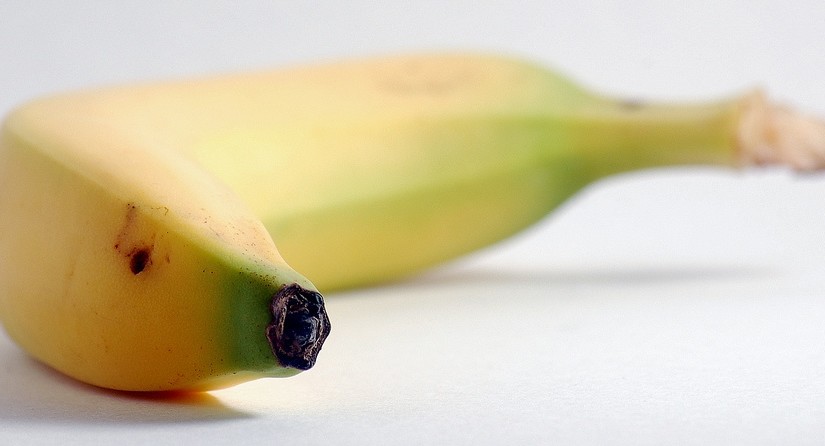Unlike every other class in high school, I remember art class being completely self-directed. Yes, in English I could choose which book I wrote a 3-page report on and in History I could choose whether or not I paid attention at all, but it was art where I felt I could wholly and completely pursue …
Continue reading “What My High School Art Teacher Taught Me About Business”

